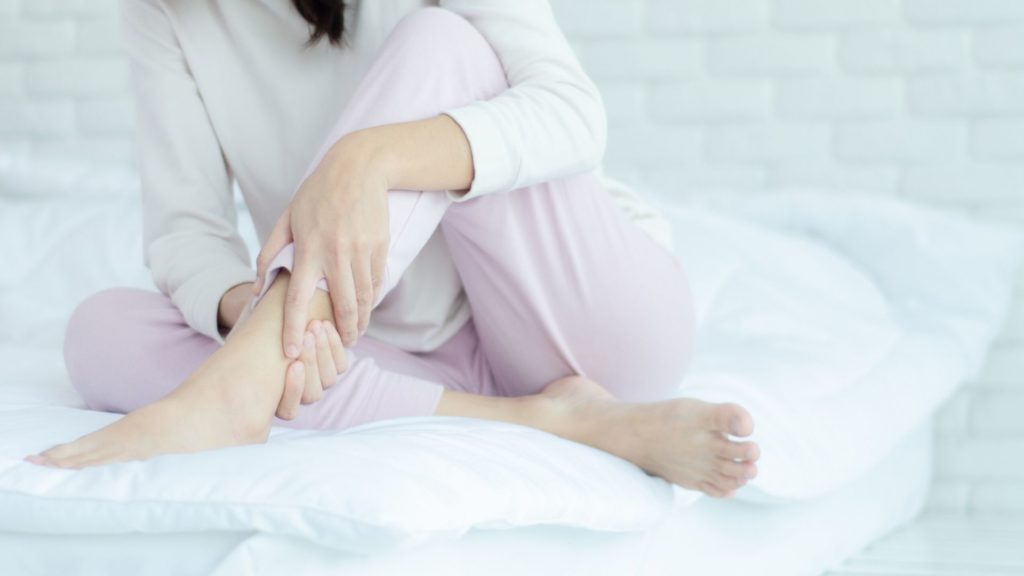What is atrophic vaginitis?
Atrophic vaginitis is an inflammation or irritation of the vagina caused by the thinning of the vaginal lining and by a decrease in lubricating secretions of the vagina. This is often associated in postmenopausal women or women who have had the removal of both ovaries because of their lower estrogen levels. It has also been noted in women immediately after childbirth, or in women who have received vaginal or pelvic radiation.
Symptoms include vaginal soreness, vaginal discharge, burning or itching especially during urination or after sexual intercourse, painful sexual intercourse, or vaginal spotting.
How is atrophic vaginitis diagnosed?
Your doctor will perform a pelvic exam to determine if the vaginal walls are inflamed or appear thin and pale. A vaginal swab to determine infection or abnormal cells may be performed.
Can atrophic vaginitis be prevented?
To slow or prevent the process of thinning and shrinking of the vaginal tissue, your doctor may suggest performing “Kegel” exercises on a regular basis. Kegel exercises involve the tightening and loosening of the pelvic floor muscles as if you are stopping and starting urine flow.
An increase in sexual activity has been found to increase the blood flow to the vaginal wall and therefore strengthen and tones the muscles surrounding that area.
What is the treatment for atrophic vaginitis?
Your doctor may suggest the use of a topical Estrogen cream to be applied vaginally. If menopause has occurred, then your doctor may suggest an estrogen replacement therapy. A vaginal lubricant can be used to alleviate pain and discomfort during sexual activity.
Atrophic Vaginitis Checklist
- Dryness
- Itching
- Burning, alone with discharge
- Pain during sex
- Itching in the vulva (the area around the vagina)
- Feeling of pressure on the vagina
- Yellow, bad smelling discharge
- Loss of fullness in the labia and vulva
- Pale vulvovaginal color
- Lack of vaginal lubrication
Contact us today!
If you’re experiencing these kinds of symptoms or have other related questions, call us today to schedule an appointment with one of our expert physicians!

